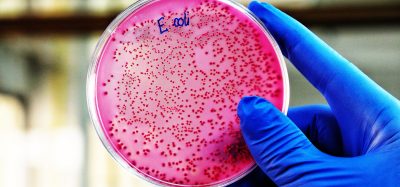Researchers reveal protein function that could improve chemotherapy
Posted: 18 December 2020 | Victoria Rees (Drug Target Review) | No comments yet
Scientists have found that the RFWD3 protein could play a role in recruiting DNA key repair and signalling factors, impacting chemotherapy.


A group of researchers has revealed a protein that seems to play a vital role in recruiting DNA key repair and signalling factors; the team say that if they are right, the discovery could be important for future chemotherapy treatment.
The researchers, from the University of Copenhagen, Denmark, say that these findings could provide new methods to inhibit repair processes and make chemotherapy more efficient.
“We have found strong evidence that the protein RFWD3 is responsible for orchestrating the repair of different DNA lesions induced by chemotherapy. If we can inhibit this protein, we could potentially block cells from tolerating DNA lesions, which could lead to more effective chemotherapy in the future,” said Julien Duxin, group leader.
The group focused their research on understanding the basic principles of DNA replication and DNA repair which allow cells to repair genomic lesions like the ones induced by chemotherapy.
Using egg extracts from African frogs, which contain the same repair factors as the ones present in human cells, the group was able to identify the protein RFWD3 as a critical co-ordinator of the repair events that happen when cells are replicating across from DNA lesions. The group observed that the absence of the protein leads to a profound defect in recruitment of the components needed to repair and tolerate the damage.
“Repairing DNA lesions is a complex sequence of multiple events. Our goal is to identify the proteins at each event, which are essential to do this type of repair,” said Duxin.
The group is now trying to set up simple systems so it becomes possible to molecularly study how these damages are repaired.
“We have very little knowledge about how most of these lesions caused by chemotherapy are repaired inside our cells. We are setting up different model systems to study this in detail and identify the key enzymes essential to this process. And by knowing those key enzymes we also get key targets that companies can aim to inhibit,” Duxin concluded.
The study was published in Molecular Cell.
Related topics
Drug Development, Drug Targets, Protein, Proteomics, Research & Development
Related conditions
Cancer
Related organisations
Copenhagen University
Related people
Julien Duxin








